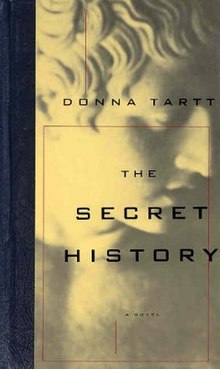
Crime fiction, detective story, murder mystery, mystery novel, and police novel are terms used to describe narratives that centre on criminal acts and especially on the investigation, either by an amateur or a professional detective, of a crime, often a murder. It is usually distinguished from mainstream fiction and other genres such as historical fiction or science fiction, but the boundaries are indistinct. Crime fiction has several subgenres, including detective fiction, courtroom drama, hard-boiled fiction, and legal thrillers. Most crime drama focuses on crime investigation and does not feature the courtroom. Suspense and mystery are key elements that are nearly ubiquitous to the genre.

Ellery Queen is a pseudonym created in 1928 by the American detective fiction writers Frederic Dannay (1905–1982) and Manfred Bennington Lee (1905–1971). It is also the name of their main fictional detective, a mystery writer in New York City who helps his police inspector father solve baffling murder cases. From 1929 to 1971, Dannay and Lee wrote around forty novels and short story collections in which Ellery Queen appears as a character.
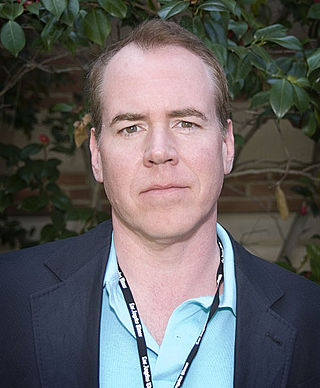
Bret Easton Ellis is an American author and screenwriter. Ellis was one of the literary Brat Pack and is a self-proclaimed satirist whose trademark technique, as a writer, is the expression of extreme acts and opinions in an affectless style. His novels commonly share recurring characters.
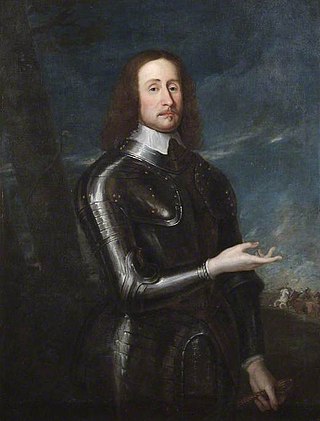
John Hampden was an English landowner and politician whose opposition to 'arbitrary' taxes imposed by Charles I made him a national figure. Allied with Parliamentarian leader John Pym, and cousin to Oliver Cromwell, he was among the Five Members whose attempted arrest in January 1642 helped to spark the First English Civil War. All 5 are commemorated at the State Opening of Parliament each year.

Bennington College is a private liberal arts college in Bennington, Vermont, United States. Founded as a women’s college in 1932, it became co-educational in 1969. It is accredited by the New England Commission of Higher Education.
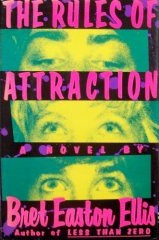
The Rules of Attraction is a satirical black comedy novel by Bret Easton Ellis published in 1987. The novel follows a handful of rowdy and often promiscuous, spoiled bohemian students at a liberal arts college in 1980s New Hampshire, including three who develop a love triangle. The novel is written in first person narrative, and the story is told from the points of view of various characters.

Donna Louise Tartt is an American novelist and essayist. Her novels are The Secret History (1992), The Little Friend (2002), and The Goldfinch (2013), which has been adapted into a 2019 film of the same name She was included in Time magazine's 2014 "100 Most Influential People" list.

Arthur Phillips is an American novelist. His books include Prague (2002), The Egyptologist (2004), Angelica (2007), The Song Is You (2009), The Tragedy of Arthur (2011), and The King at the Edge of the World (2020).
William Weaks Morris was an American writer and editor born in Jackson, Mississippi, though his family later moved to Yazoo City, Mississippi, which he immortalized in his works of prose. Morris' trademark was his lyrical prose style and reflections on the American South, particularly the Mississippi Delta. In 1967 he became the youngest editor of Harper's Magazine. He wrote several works of fiction and nonfiction, including his seminal book North Toward Home, as well as My Dog Skip.

The Little Friend is the second novel by the American author Donna Tartt. The novel was initially published by Alfred A. Knopf on October 22, 2002, a decade after her first novel, The Secret History.
A campus novel, also known as an academic novel, is a novel whose main action is set in and around the campus of a university. The genre in its current form dates back to the early 1950s. The Groves of Academe by Mary McCarthy, published in 1952, is often quoted as the earliest example, although in Faculty Towers: The Academic Novel and Its Discontents, Elaine Showalter discusses C. P. Snow's The Masters, of the previous year, and several earlier novels have an academic setting and the same characteristics, such as Willa Cather's The Professor's House of 1925; Régis Messac's Smith Conundrum, first published between 1928 and 1931; and Dorothy L. Sayers' Gaudy Night of 1935.
The "Literary Brat Pack" were a group of young American authors, including Bret Easton Ellis, Tama Janowitz, Jay McInerney and Jill Eisenstadt, who emerged on the East Coast of the United States in the 1980s. It is a twist on the same label that had previously been applied to a group of young American actors who frequently appeared together in teen-oriented coming-of-age films earlier that decade.

Sparagmos is an act of rending, tearing apart, or mangling, usually in a Dionysian context.
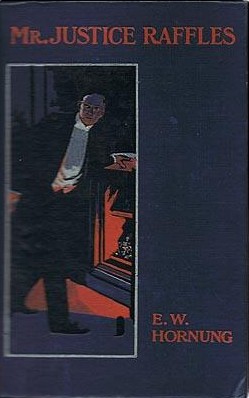
Mr. Justice Raffles is a 1909 novel written by E.W. Hornung. It featured his popular character A. J. Raffles a well-known cricketer and gentleman thief. It was the fourth and last in his four Raffles books which had begun with The Amateur Cracksman in 1899. The novel was published in the UK by Smith, Elder & Co., London, and in the US by Scribner's, New York.
A varsity novel is a novel whose main action is set in and around the campus of a university and focuses on students rather than faculty. Examples include Evelyn Waugh's Brideshead Revisited, Donna Tartt's The Secret History, Tom Sharpe's Porterhouse Blue and Stephen Fry's The Liar and Making History. Novels that focus on faculty rather than students are often considered to belong to a distinct genre, termed campus novels.
Claude Fredericks was an American poet, playwright, printer, writer, and teacher. He was a professor of literature at Bennington College in Vermont for more than 30 years, from 1961 to 1992.
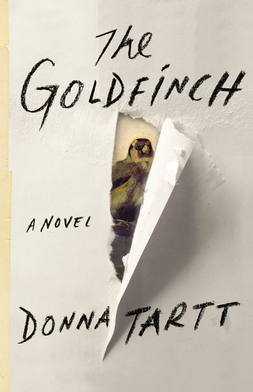
The Goldfinch is a novel by the American author Donna Tartt. It won the 2014 Pulitzer Prize for Fiction, among other honors. Published in 2013, it was Tartt's first novel since The Little Friend in 2002.
Hatchet Job of the Year was a British journalism award given annually from 2012 to 2014 to "the writer of the angriest, funniest, most trenchant book review of the past twelve months". It was awarded by The Omnivore, a review aggregator website, with the aim to "raise the profile of professional critics and to promote integrity and wit in literary journalism". The prize was a year's supply of potted shrimp.
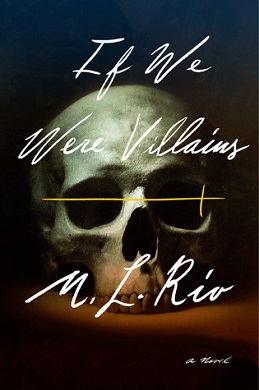
If We Were Villains is the debut novel of American author M. L. Rio, first published in 2017 by Flatiron Books. The novel concerns a murder mystery surrounding Oliver Marks, a former actor at the fictional Dellecher Shakespeare conservatory and primarily takes place during his fourth and final year at the conservatory. A series adaptation of the novel is in development.
